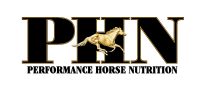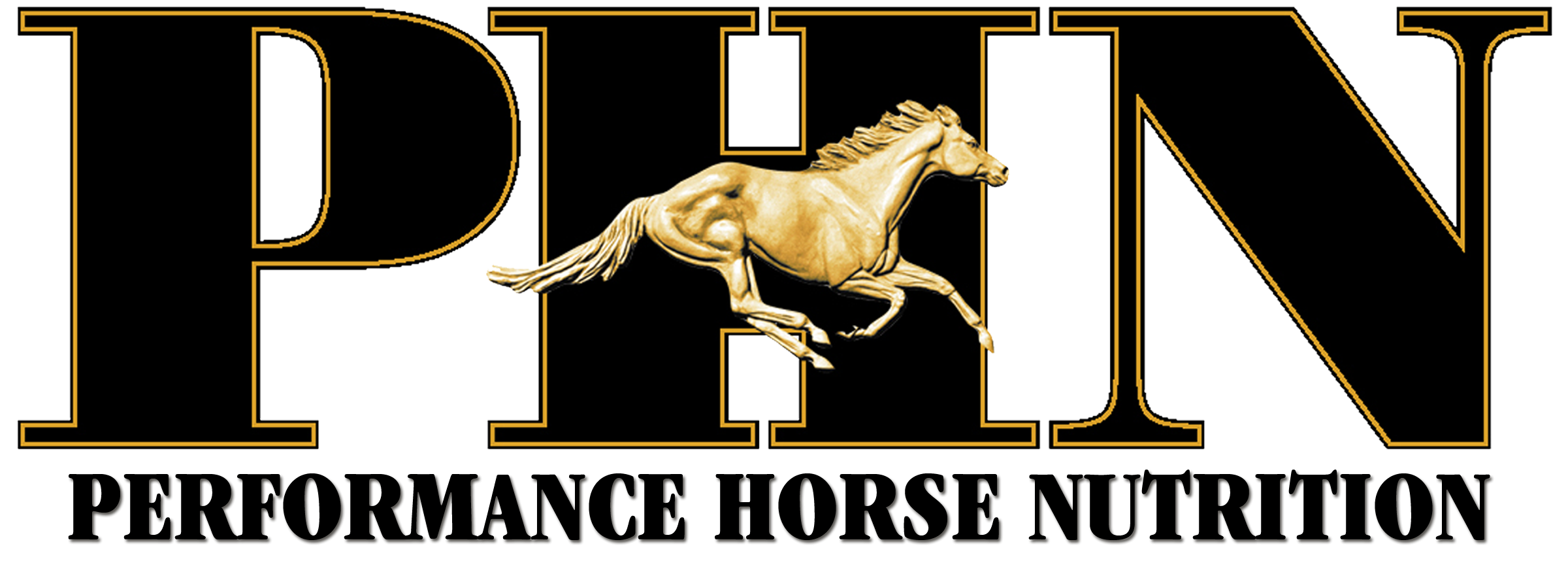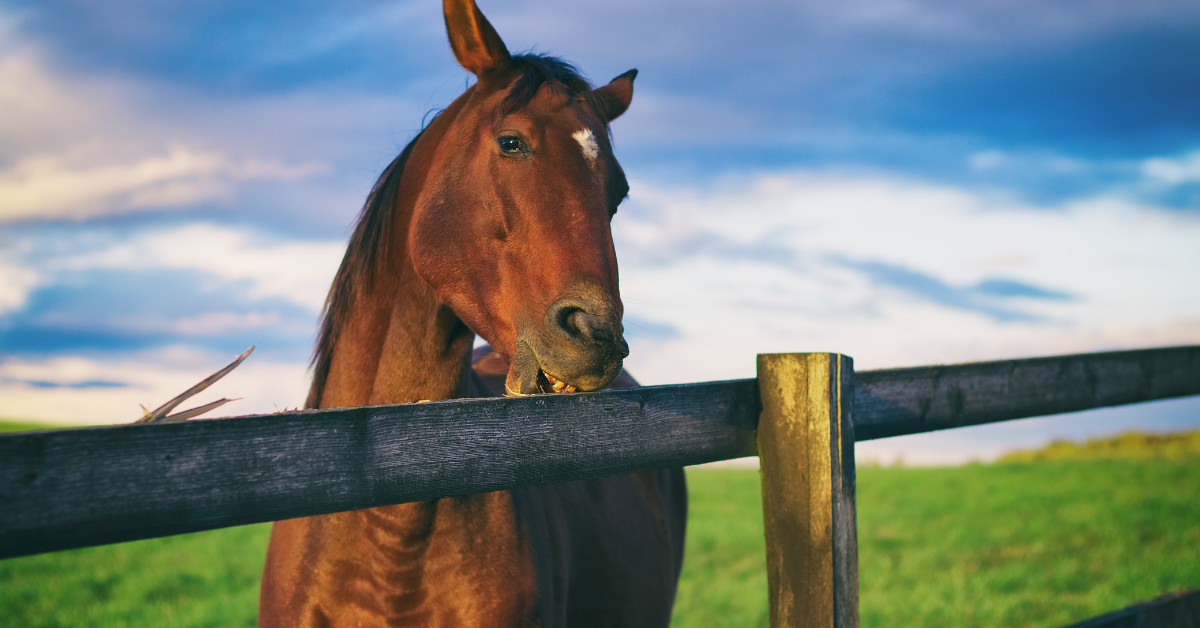RESEARCH: The effect of diet on
STEREOTYPIC BEHAVIORS
2021

Written by Performance Horse Nutrition
Cribbing is a compulsive behavior or stereotype that is bothersome to many horse owners because of the damage it may cause to both the horse and the farm itself. While cribbing, the horse places its upper incisors on the surface of an object, flexes his neck, pulling against the object, and sucking in air.
There are many beliefs as to why horses begin and continue to crib. Most believe that horses crib in response to boredom or frustration. Others feel these stereotypies are learned behaviors. While there is evidence that there is a heritable component to cribbing, studies have shown that very few cases are a result of watching other horses perform these behaviors. A decrease in gastric pH has also has been shown to increase the frequency of cribbing in horses.
Increasing evidence however suggests that dietary factors influence the development of abnormal behaviors, including crib-biting, wind-sucking and wood-chewing in horses. Positive associations have been detected between stereotypy prevalence and low forage ration, high starch rations. It has been suggested that these stereotypies develop very early in life. Studies have shown that horses that received concentrate feed after weaning had a significantly greater risk of developing crib-biting than those that did not. The rate of development of stereotypic and redirected behavior was shown to be greatest during the first 9 months of life.
The aim of a recent study was, to compare in detail the behavior of young horses fed two different diets, one a conventional starch and sugar based diet (37% NSC), the other based on fat and fiber (25% NSC). Seventeen part-bred thoroughbred horses were used in the trial. Horses were kept outside on grass pastures with their mothers 24 h/day, from birth to approximately 6 months of age. During this period they were fed twice a day, in close proximity to their mothers although mares were not allowed to access the feed.
Clear differences were apparent in the hours after weaning. Overall, the effects of the fat and fiber diet on behavior expressed during the temperament tests and at weaning showed unexpected consistency. The fat and fiber horses appeared less distressed immediately after weaning, and were less flighty, more willing to perform and possibly more attentive or sensitive to their environment than the starch and sugar horses.
While the current study did not detect cribbing in the horses it was evident that dietary source of energy had a significant effect on the behavior of the young horses specifically during periods of stress. It is feasible to suggest that other times of high stress such as breaking would also elicit similar responses and may benefit from a higher forage and fat type diet.
Nicol, C.J., A.J. Badnell-Waters, R. Bice, A. Kelland, A.D. Wilson, P.A. Harris, 2005. The effects of diet and weaning method on the behaviour of young horses. Appl. Anim. Behav. Sci. 95: 205-221.

